ABOUT
WARBURTON
In The Yarra Valley
Warburton stands as a testament to the coexistence of nature and human activities. The Warburton area remains a vital ecosystem, cherished for its biodiversity and recreational opportunities.
The town's strong connection to food production endures, with a thriving agricultural scene that continues to provide fresh and diverse produce to both residents and visitors.

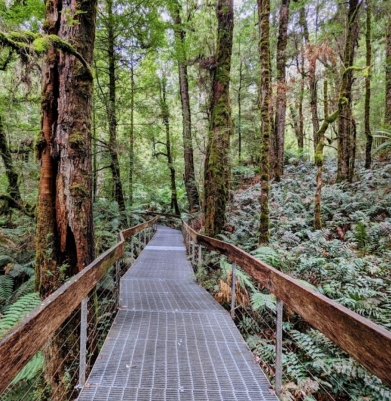
Warburton's history weaves through flourishing forests and bountiful fields, where the past of timber and the present of food unite in
harmony!
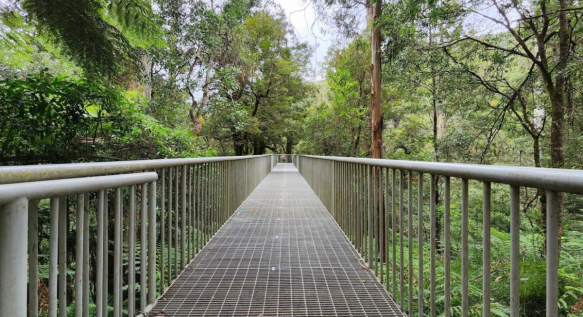

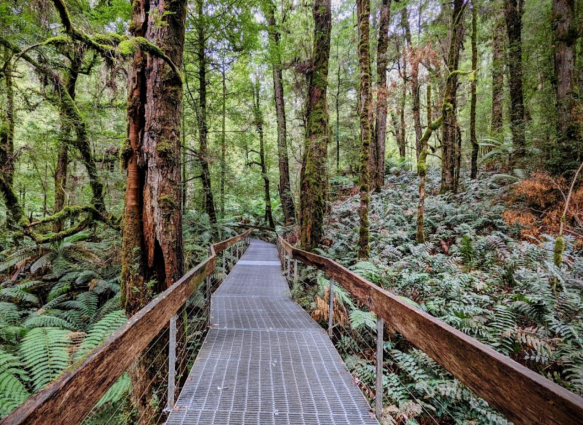

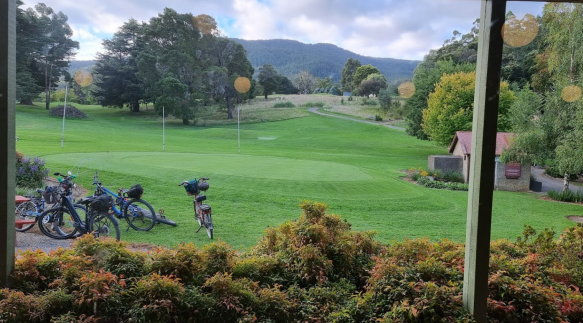

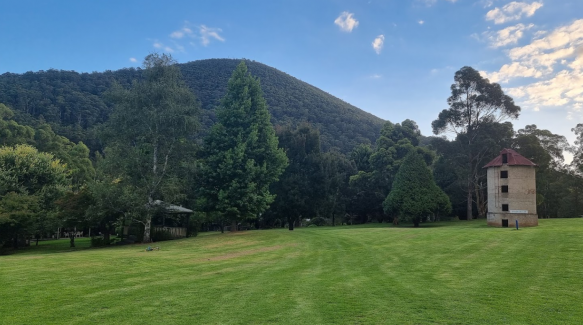







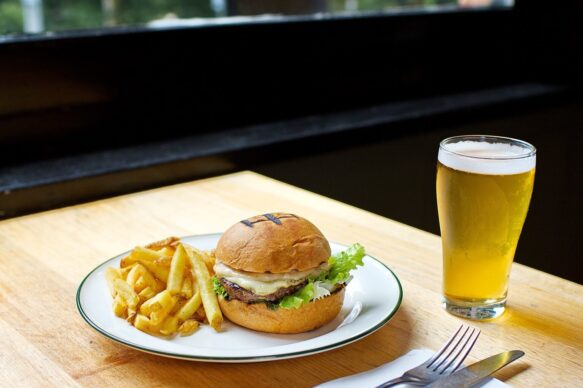

Prior to the establishment of Melbourne in 1834, the region now referred to as Upper Yarra was inhabited by the Yarra Yarra aboriginal tribe. Abundance of food characterized the area. However, the arrival of white settlers brought about a decline in tribal numbers.
In 1845, Surveyor General Robert Hoddle conducted an exploration and mapping of the upper stretches of the Yarra River. As a result, Hoddles Creek received its name.
Around the same period, gold mining commenced in the Upper Yarra, specifically at Britannia Creek. Coincidentally, gold was also discovered in nearby Emerald, leading to a Discovery Award in 1858. The Yankee Jim's Creek goldfield opened in 1859 and underwent renaming to Warburton in 1863, honoring Charles Warburton Carr, the Gold Warden for the district. The year 1864 saw the issuance of a liquor license to EJ Buller, whose hotel catered to the needs of the mining community.
The extracted gold was predominantly alluvial, distinct from reef deposits. Reportedly, these deposits were of remarkable size and quality. One instance was noted as a 2-foot-thick layer of wash located 70 feet beneath the surface, resting atop a granite base and containing nuggets weighing 7 ounces each. In 1870, a waterwheel was erected in Warburton, driving a battery designed to crush gold-bearing rock. This endeavor was situated at the Shining Star mine, one of the few reef mines. As alluvial reserves dwindled, miners shifted their focus to Woods Point, where more substantial reefs awaited. By the late 1890s, the easily accessible gold was largely exhausted, causing prospectors to move on, leaving only a handful of settlers in the town.
As gold reserves waned, the timber industry took root in Warburton. Axemen harvested wagonloads of palings, transported via rugged bush tracks to Lilydale, which served as the railhead at that time. In 1901, the railway was extended to Warburton. This expansion led to the emergence of numerous sawmills and timber tramways, feeding the train line and supplying timber to Melbourne. Despite their name, these tramways were essentially narrow gauge lines, as an Act of Parliament restricted non-government entities from operating train lines.
Steam and diesel engines powered the sawmills and facilitated log transportation. In some instances, logs were hoisted via cable and pulley to higher ground, connecting to tramways, where narrow gauge engines transported them to mills and railheads. In remote locales, horses were utilized to pull empty bogies up graded tracks. Once loaded, the logs would descend downhill under the control of braking mechanisms. The mills offered employment opportunities, leading to the establishment of towns like Powelltown around them. While some timber tramways are still accessible to pedestrians, modern equipment such as chainsaws, bulldozers, and timber jinkers have replaced the traditional timber extraction methods.
Warburton underwent a phase where guesthouses near the railway line provided accommodations for urban vacationers. However, the railway line ceased operations in 1965. Today, the area boasts a range of lodging options including hotels, motels, conference centers, and bed and breakfast accommodations. Nestled amidst mountains, Warburton has evolved into a burgeoning hub of tourism.